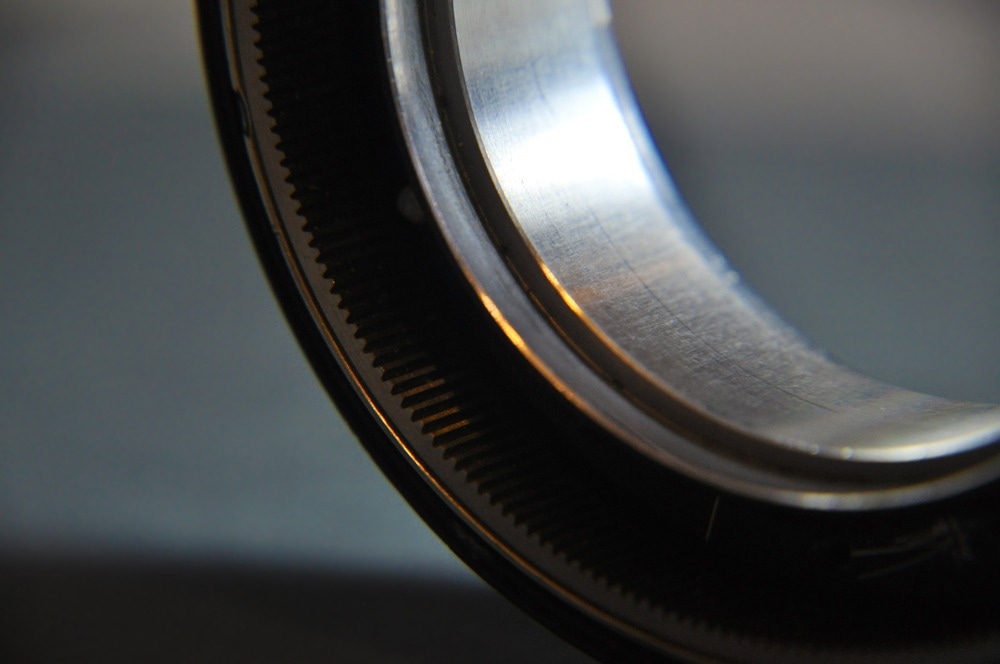Vibration interference produces misalignment in optomechanical terminal systems, which can substantially impact control stability and system accuracy. To increase the system's disturbance resilience and steady-state accuracy, a study published in Optik proposed a disturbance rejection algorithm in the optical closed loop servo system with iterative learning control to track error calibration.

Study: Experimental Demonstration of an Improved Control Design and Algorithm for Optical Communication Terminal with Disturbance. Image Credit: RomanLebedev/Shutterstock.com
Optomechanical System for Mechanical Vibration Motion Control
The optomechanical system uses light to control the motion of mechanical vibrations. These systems are expanding the art of precise measurement of small displacements, masses, and forces. These capabilities are now available on small chips thanks to innovative integrated platforms.
Optomechanical devices are currently seen as leading prospects for creating quantum interfaces between solid-state qubits and photons, with potential data storage and processing applications.
Optical Communication Technology
Optical communication technology is any type of communication in which light carries the signal to the destinations via optical fibers. The optical communications system comprises a light signal, a modulator, a receiver/transmitter, and a transparent channel.
Optical communication technology can establish a fast transmission rate, low intercept probability, and a broad bandwidth of information links, making it one of the most effective means of achieving spatial communication.
Disturbances in Pointing, Acquisition and Tracking Subsystem
Pointing, acquisition and tracking (PAT) is an essential component of an optical communication system. It guarantees high-precision tracking and fast acquisition for the target.
During optical link setup, the active tracking system seeks to implement optimal performance and alignment accuracy, which is constantly compromised by system disturbances. This results in a misalignment between the optical axis and the incident beam.
Therefore, the capacity of the terminal system to correct for external disturbance is required since the precision of the tracking adjustment often depends on the viability of the servo system design and the resilience of the algorithm.
Enhanced Tracking Processes
Dynamic tracking consists of coarse mechanism turntable assembly adjustment and fine rapid steering mirror adjustment.
Coarse tracking employs motors to drive the elevation and azimuth axes. Fine tracking employs piezoelectric ceramic actuators with a short angular range and large bandwidth. However, due to the limitations of the actuating electrical and mechanical subsystem, adjustment precision is hard to enhance in these systems.
It is crucial to create an algorithm and a control mechanism for autonomous tracking mode under vibration conditions. Therefore, some control schemes strengthen the objective's resilience against disturbance, such as the efficient design with self-learning iteration.
Using an Enhanced Control Design and Disturbance Rejection Algorithm to Stabilize the System
Researchers worked on an optimum design strategy and a tracking algorithm for the optical servo system to address the system disturbance.
The iterative learning control approach, which rectifies errors by learning from prior executions, tracks performance improvement. In addition, the associated response performance of the proposed design will be determined by experimental analysis.
The optical tube equipment uses a parallel laser as its light source to create infinite spatial distance. In addition, the experimental system's design creates a dynamic tracking procedure for the optical terminal receiving the target laser beam.
The terminal assembly's optical components consist of a tracking actuator and feedback detectors to support coarse and fine tracking operations. The terminal equipment station offers external interference signals in various frequency bands throughout the testing procedure.
This study employed a unique iterative learning control for the disturbance rejection method. It was integrated with the control scheme's features and experimental data to validate the performance of disturbance suppression for target tracking.
Significant Findings of the Study
The proposed communication tracking system can calibrate the misalignment between the optical axis and the incident beam. The terminal assembly's adjustability feature increases the tracking system's resistance to disturbances.
The application of enhanced control design and algorithm resulted in improved disturbance rejection. The high tracking accuracy validates the efficacy of the proposed communication system architecture.
The tracking data are trimmed to 1.1 rad, confirming that the suggested design ensures improved performance. The steady-state response performance achieved throughout the correction procedure suggests that the tracking errors are less than 1.3 rad.
Using iterative learning methodology with enhanced composite control improves accuracy and ensures the system is more resilient to interference than the standard fine and coarse tracking with the PI correction method.
The continual improvement of control accuracy throughout the steady-state tracking process and high adjustment precision of the PAT subsystem ensure the communication connection's maintenance and establishment, validating the proposed technique's usefulness in suppressing external intervention.
Reference
Guo, H. (2022). Experimental Demonstration of an Improved Control Design and Algorithm for Optical Communication Terminal with Disturbance. Optik. https://www.sciencedirect.com/science/article/pii/S0030402622011974
Disclaimer: The views expressed here are those of the author expressed in their private capacity and do not necessarily represent the views of AZoM.com Limited T/A AZoNetwork the owner and operator of this website. This disclaimer forms part of the Terms and conditions of use of this website.